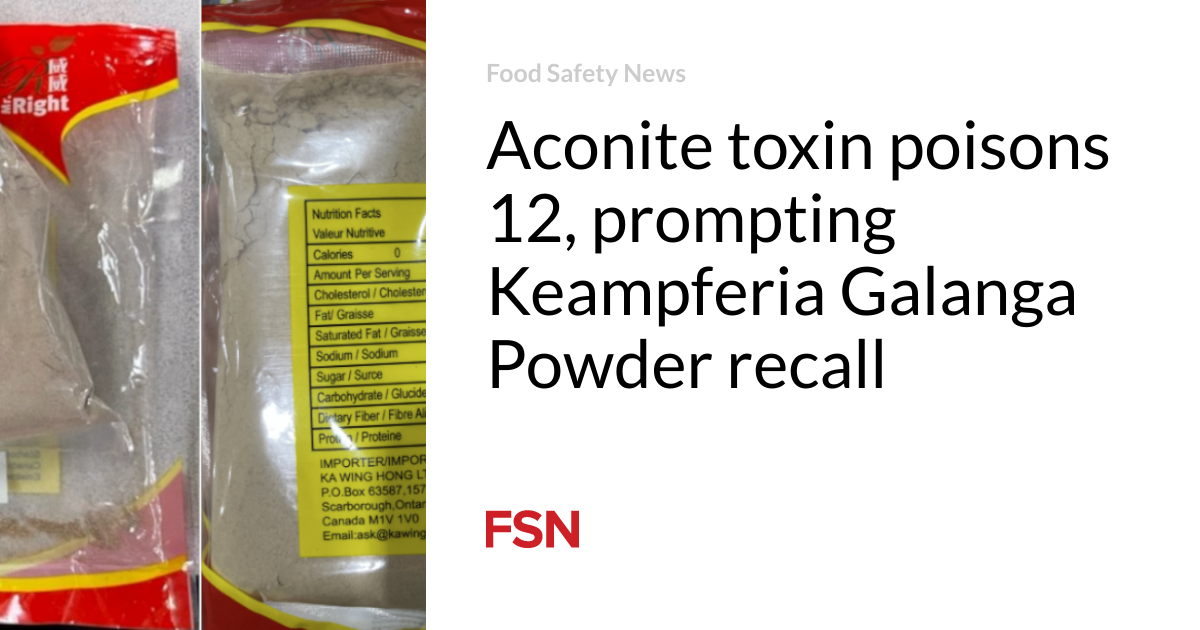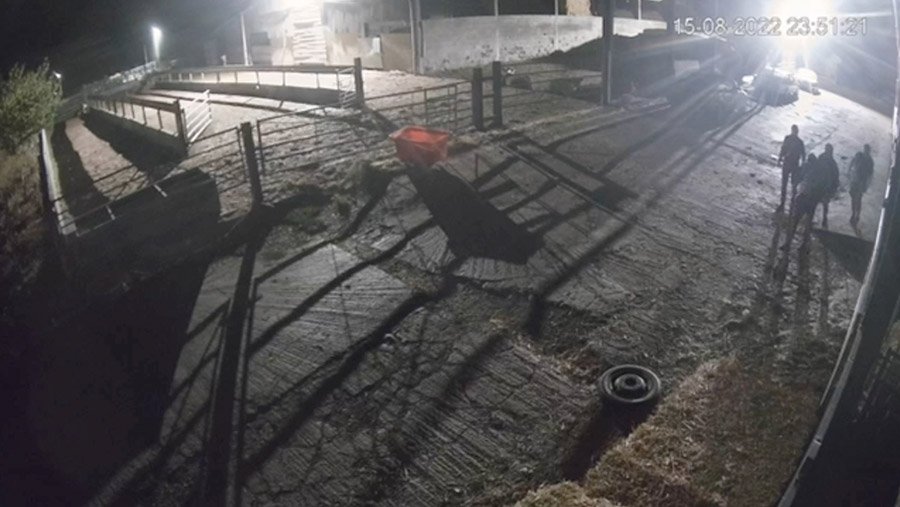On Labor Day many people in the U.S. will share good company, fun and food. It is a great time for friends and family to spend time together before work resumes and kids go back to a busy school schedule. But if people aren’t careful and follow food safety basics, getting back to school or work could be put in jeopardy by food poisoning.
Cooling and packing food
Most foods that are prepared for outdoor gatherings are not properly cooled, according to public health officials. Not cooling just-cooked food quickly enough allows harmful bacteria to multiply rapidly. Once cooked food has been properly cooled, it should be placed in a shallow container for immediate refrigeration until it is used or packed for transportation.
Washing fruits and vegetables
Cutting through the peels and rinds of fruit, such as apples or melons, can transfer bacteria into the flesh of the fruit. All fruits and vegetables to be served raw should be washed before they are cut. The cut produce should be refrigerated in waterproof containers or plastic wrap to cool down before going into picnic coolers.
Cooler location
Once foods reach their destination, they are often left to sit out in warm temperatures for too long. It’s a good idea to put coolers in the passenger area of a car rather than the trunk where temperatures are usually higher. Once the cooler reaches the picnic site, place it in the shade with a blanket over the top and keep the cooler closed until it’s time to eat.
Keep cold foods cold, hot foods hot
Cold foods should be kept cold and hot foods should be kept hot to reduce the chance of bacteria and other pathogens multiplying. Ice and frozen gel packs are a necessary addition to coolers and insulated storage containers. To keep foods hot, the USDA recommends filling heat-safe, insulated containers with boiling water. After letting the boiling water stand for a few minutes, empty it out and replace with hot soup, chili or stews. These containers should remain closed or covered until it’s time to eat.
Handling food and handwashing
The more hands that handle the hamburgers, hotdogs, salads and other foods, the more possibility for contamination. People that handle food from preparation to the plate should always thoroughly wash their hands to avoid the spread of bacteria. If running water is not available at your outdoor meal, hand sanitizers and paper towels should be used liberally, but they are not as effective. Use the sanitizer and wipe your hands with clean paper towels. Then use the sanitizer a second time and let your hands air dry.
Utensils and dishes should be plentiful to avoid cross-contamination from preparing meat, poultry or fish on the same plate before and after cooking. Disposable plates and utensils are a great option if dishes cannot be washed in between preparation and completion of cooking.
PRO Grilling
You can reduce and avoid foodborne illnesses from cooking meat or poultry on the grill by following these three tips from the USDA.
- P — Place the Thermometer
When you think your food is cooked, check the internal temperature by inserting a thermometer into the thickest part of the meat, usually about 1.5 to 2 inches deep. If you are cooking a thinner piece of meat, like hamburger patties, insert the thermometer from the side. Make sure that the probe reaches the center of the meat.
- R — Read the Temperature, in due time
Wait about 10 to 20 seconds for an accurate temperature reading. Use the following safe internal temperature guidelines for your meat and poultry.
- Beef, Pork, Lamb, and Veal (steaks, roasts, chops) and Fish: 145 degrees F (63 degrees C) with a 3-minute rest time.
- Ground meats: 160 degrees F (71 degrees C)
- Whole poultry, whole and cut pieces of poultry, and ground poultry: 165 degrees F (74 degrees C)
Once the meat and poultry reach their safe minimum internal temperatures, take the food off the grill and place it onto a clean platter. Don’t put cooked food on the same platter that held raw meat or poultry. Also, remember to clean your food thermometer probe with hot, soapy water or disposable sanitizing wipes between uses.
What to do with your leftovers:
- Two-hour rule: All perishable items should be refrigerated within two hours of coming out of the oven or refrigerator. If you are outdoors and the temperature is 90 degrees F or higher the limit is one hour. After one or two hours, perishable food enters the Danger Zone — between 40 degrees F to 140 degrees F — where bacteria can multiply quickly and cause the food to become unsafe. If foods have been left out for more than two hours, discard them to prevent foodborne illness.
- Use small and shallow containers: Store leftover food in small, shallow containers in the refrigerator or in the freezer for later use. Shallow containers help cool leftovers more quickly than storing them in large containers.
- Freeze or consume within four days: If you want to keep leftovers longer than four days, freeze them. Food poisoning bacteria — except for Listeria and hepatitis A — does not grow in the freezer. Foods that have been in the freezer for months may be dry, or may not taste as good. If you store leftovers in the freezer, the quality will be best within two to six months. Reheat leftovers to an internal temperature of 165 degrees F.
Reheating
- When reheating in the microwave, cover and rotate the food for even heating. Arrange food items evenly in a covered microwave-safe glass or ceramic dish and add some liquid if needed. Because microwaves have cold spots, check the internal temperature of the food in several places with a food thermometer after allowing a resting time.
- Reheat sauces, soups, and gravies by bringing them to a rolling boil.
- Do not use slow cookers for reheating.
- Leftovers are safe to eat once they have reached an internal temperature of 165 degrees F.
- If you decide to freeze your leftovers, use the Safe Defrosting Methods when you want to reheat.
Curious about how long a specific food will last in the refrigerator or freezer? Check out this helpful chart from the FDA.
(To sign up for a free subscription to Food Safety News, click here.)










